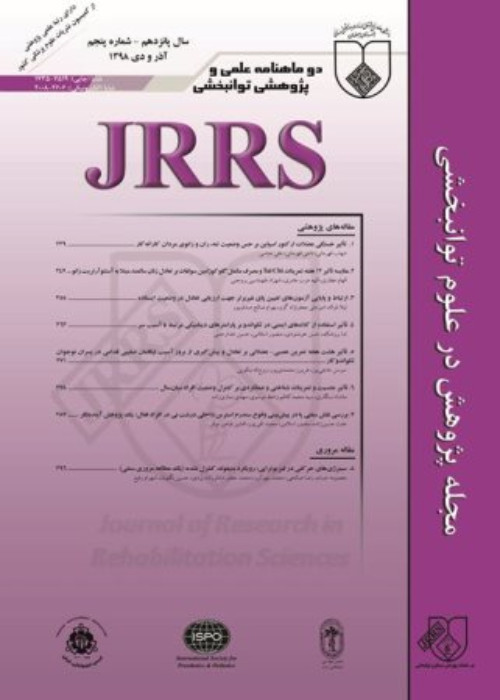Speech Disorders in Down Syndrome: A Brief Narrative Review Study
The speech intelligibility of people with Down syndrome (DS) is often weak, which may not necessarily improve with age. In contrast, phonological development may be monotonous and slow; therefore, speech therapy is needed for improving speech intelligibility. In this regard, there is a variety of information in the field of speech production and related disorders in the DS population. This study reviews some features of speech production like verbal apraxia in these people, the features that may interfere with the listener's understanding and reduce the clarity of the speaker's speech. Then, the study provides some general solutions to improve the speech of these people.
: In this review study, articles were searched by using the following keywords: "Down syndrome", "speech intelligibility", "verbal apraxia", and intervention or treatment or rehabilitation in Google Scholar and Science Direct databases in the years 2000 to 2022.
Out of 193 original articles found, 13 described the speech characteristics of people with DS and only one study considered oral-verbal apraxia and its treatment.
The literature review has provided various information about the speech characteristics of people with DS. Although the etiology classes may not directly contribute to the clinical interventions, knowing the strengths and weaknesses in the profile of people with DS along with a specialized diagnosis may help speech and language therapists to make accurate assessments and treatment plans. Besides, reviewing the literature indicates that most of the studies have described different aspects of speech disorders in people with DS. Therefore, interventional studies should be done to find the most effective treatment methods to improve the speech intelligibility of people with DS, especially to treat their verbal apraxia.


